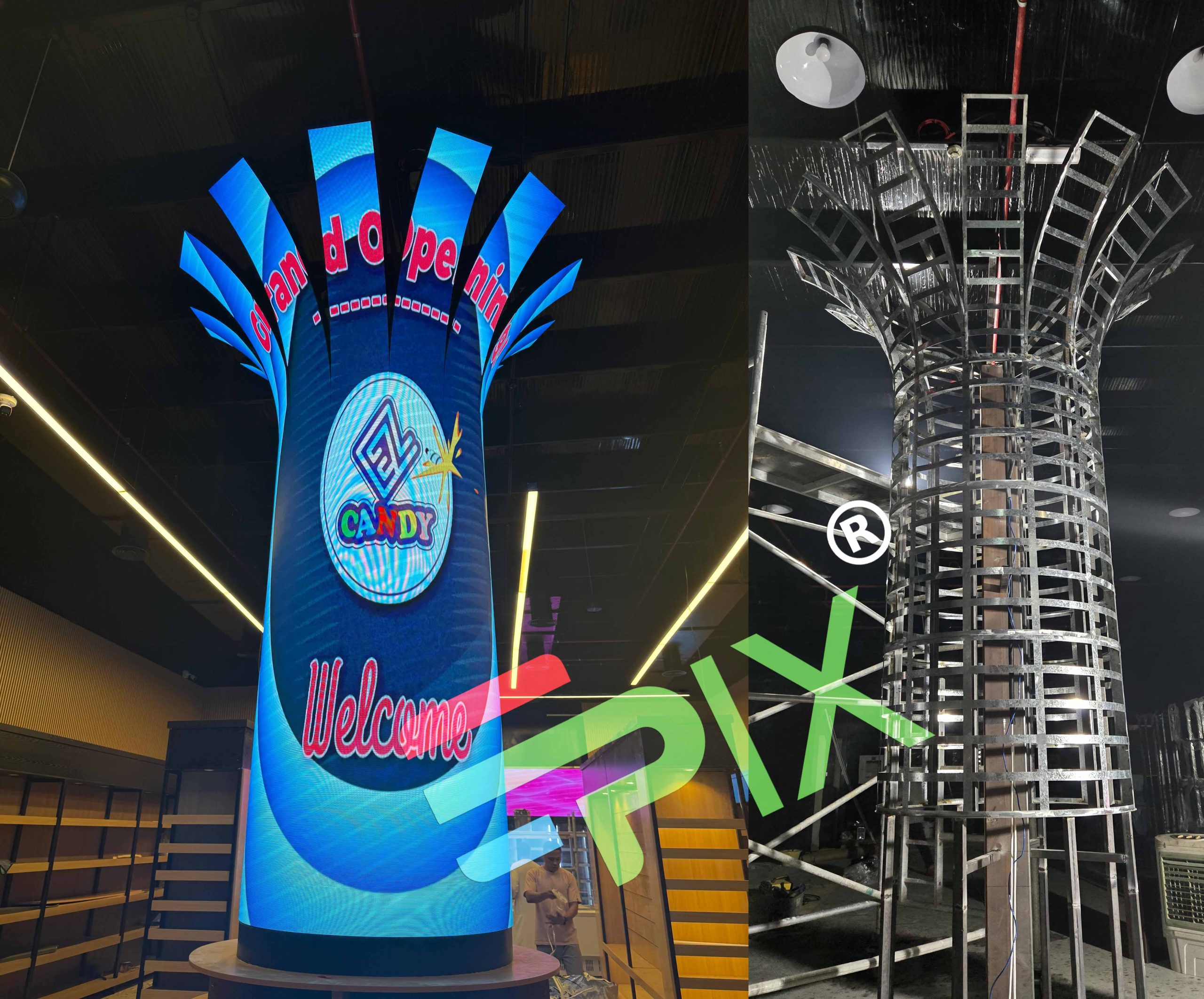LED screens have become a staple of modern visual communication — from outdoor advertising billboards to indoor digital signage, stadiums, retail displays, and event backdrops. But what exactly powers these vivid and dynamic visuals?
In this guide, you’ll learn how LED screens work, what components make them function, and why they’re the top choice for digital display technology today.
What is an LED Display?
An LED display (Light Emitting Diode display) is a flat panel screen that uses tiny light-emitting diodes to form images and video. These LEDs are grouped into pixels, which illuminate in various colors to create high-resolution visuals.

✅ LED screen technology is known for:
-
High brightness
-
Energy efficiency
-
Long lifespan
-
Modular design
🎨 How RGB LEDs Create Images
Every pixel on an LED screen is composed of three sub-pixels:
-
🔴 Red
-
🟢 Green
-
🔵 Blue
By adjusting the brightness of each sub-pixel, the LED display can produce over 16 million colors through RGB color mixing.
These pixels are arranged in a grid layout on LED modules. When viewed from a distance, your eyes perceive a full-color image or video.
🧩 Core Components of an LED Screen System
-
LED Modules
Contain the LED pixels in a grid format (e.g., 64×64 pixels) -
Cabinets / Panels
Modular units (like 500x500mm) that hold the LED modules -
Controller (Sender Card + Receiver Card)
Acts like a brain – sending image and video data to the screen -
Power Supply Unit (PSU)
Feeds stable power to the entire LED screen system -
Software
Used to manage content, adjust brightness, schedule videos, etc.
📺 Types of LED Screens
-
Indoor LED Screens – Lower brightness, finer pixel pitch (e.g., P1.9)
-
Outdoor LED Screens – Waterproof, high brightness, wider pitch (e.g., P4, P6)
-
Curved or Flexible LED – For creative shapes and installations
🔌 How Content is Displayed
-
A media player or computer sends the video signal to the controller.
-
The controller processes the signal and distributes it to each LED module.
-
The LEDs light up accordingly to show the image or video on screen — all in real time.
✅ Summary
LED screens work by combining millions of tiny RGB lights, controlled by smart electronics, to produce stunning visuals. Whether it’s a massive outdoor billboard or a high-end retail display, LED screen technology is the powerhouse behind the modern visual experience.
💡 Want to learn more about LED technology, pixel pitch, or how to choose the right screen? Check out our other blog posts or contact us for expert advice.

